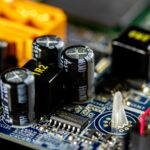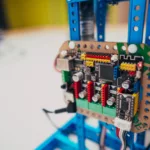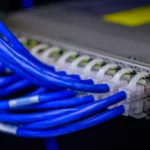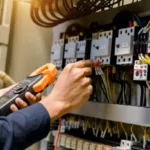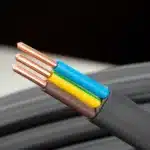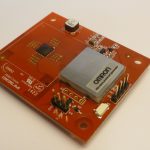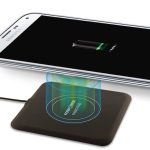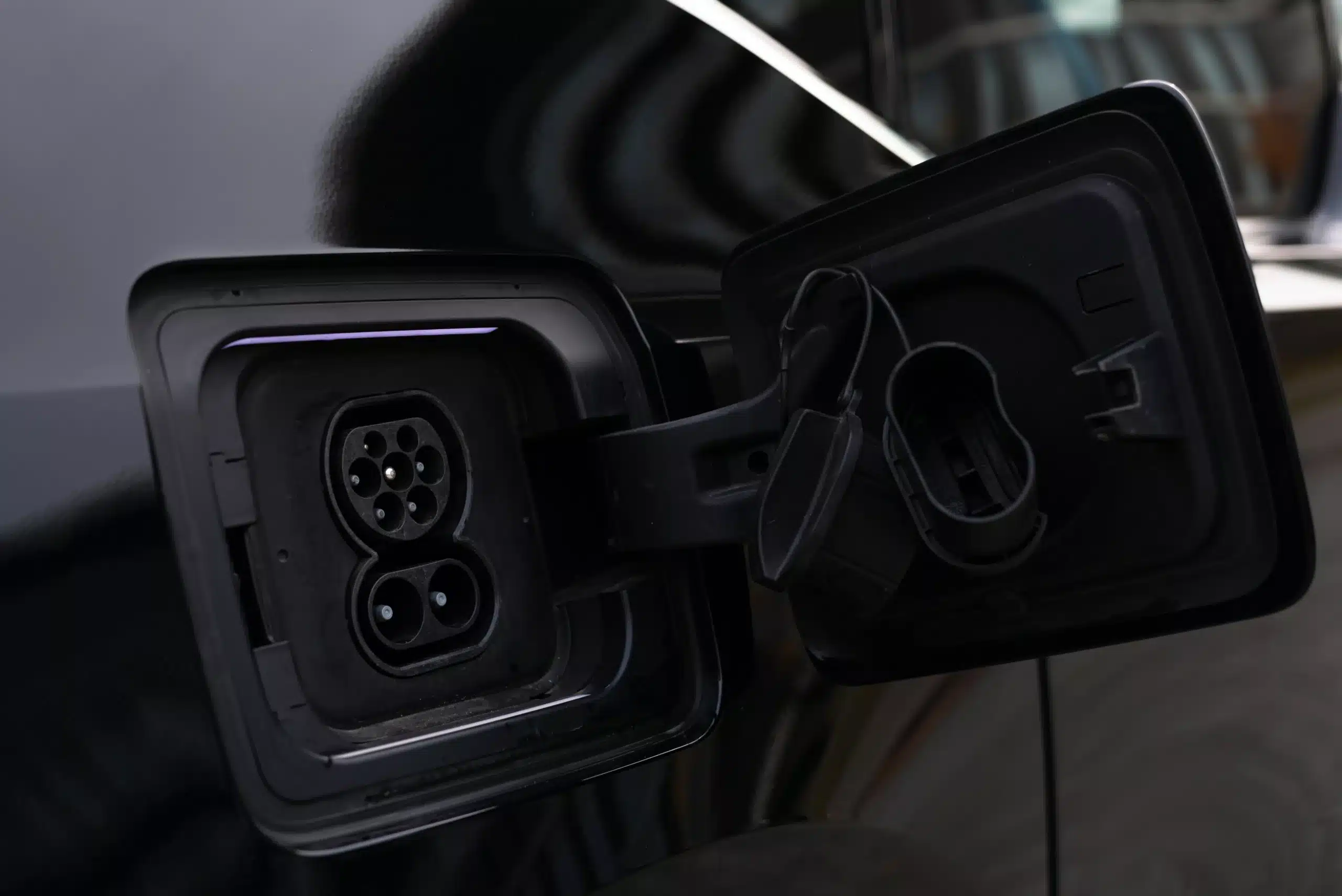
Introduction
The electric vehicle (EV) revolution has recently gained considerable momentum–driving a more sustainable transportation ecosystem. One crucial aspect in this regard is developing efficient and rapid charging solutions to alleviate range anxiety and encourage greater EV adoption. Level-3 EV charging, also called DC fast charging, has emerged as a leading game-changer in this landscape. However, the right connectivity solutions are paramount to maximise the potential of Level-3 charging. This article highlights the crucial approaches to boost the Level-3 EV charging capabilities using the right connectivity, focusing on their importance and benefits.
The Power of Level-3 Charging: Speed and Convenience
Level-3 EV charging provides rapid charging capabilities, recharging EVs much faster than Level-2 chargers–commonly found in homes and workplaces. This boost in speed addresses one of the primary concerns of potential EV buyers: long charging times. With Level-3 charging, a significant portion of an EV’s battery is replenished within 20 to 30 minutes, making convenience and long road trips more viable.
The Importance of Boosting Level-3 Charging Using Advanced Connectivity
Level-3 charging is designed to provide high-power charging, especially for long-distance travel and quick top-ups. While Level-3 charging offers remarkable speed, integrating advanced connectivity solutions can further enhance efficiency and effectiveness. The right connectivity ensures seamless communication between the EVs and optimises charging processes with improved user experiences.
Another benefit includes the real-time data exchange, enabling dynamic adjustments to the charging process based on factors such as the state of the EV’s battery, charging station availability, and grid load. With this capability, charging stations can provide personalised charging profiles for different EV models, ensuring that each vehicle receives the ideal charging parameters. Additionally, effective data exchange capability can extend the battery life of EVs and enhance the overall efficiency of the charging infrastructure.
You May Also Like This : “EV Charging Connector and Its Types“
Crucial Strategies for Boosting Level-3 EV Charging with the Right Connectivity
Boosting Level-3 EV charging requires various parameters and considerations, including suitable connectors and equipment, to ensure efficient and safe charging. The following considerations can guide you on how you can enhance Level-3 EV charging with the right connectivity:
- Selecting the Right Connector Type: Level-3 charging stations use different connector types, including CHAdeMO, CCS (Combo), and Tesla’s proprietary connector. Choose the compatible connector type with your EV model for high power levels quickly.
- Choosing High-Power Stations: Level-3 charging stations are available at various power levels, ranging from around 50 kW to over 350 kW. Opt for high-power output stations for faster charging times.
- Checking Battery Compatibility: Not all EVs can handle the highest power levels at Level-3 stations. Therefore, studying the vehicle’s specifications can ensure charging at the chosen station’s power level for the battery’s safety.
- Network Availability Criteria: Many Level-3 charging stations are part of charging networks. Research and choose a charging network with a broad coverage area, reliable stations, and accessible payment methods. Some networks offer subscription plans for discounted rates.
- Planning Charging Stops: During a road trip, planning charging stops before can significantly relieve anxiety range. Using EV charging apps or websites that display station availability, power levels, and real-time updates can help avoid long waits and ensures efficient use of time.
- Proper Monitoring of Charging Session: Many Level-3 stations offer monitoring and notification services to users through apps or text messages. These services help track charging progress remotely and receive alerts when the vehicle is fully charged, enhancing optimised charging.
- Using Advanced Features: Some Level-3 charging stations offer advanced features like a pre-conditioning battery before charging. These features serve to boost and enhance battery life and optimise the charging process.
- Considering Charging Curve: EV batteries charge faster on lower charge and gradually slow down as they approach full capacity. Consider the EV charging curve and plan charging stops accordingly to maximise the charging speed.
- Future-Proofing: technological advancement can bring efficient and faster Level-3 charging solutions in the future. Therefore, when purchasing an EV or considering upgrades, keep an eye on charging technology developments to ensure compatibility with future systems.
- Compliance with Safety Guidelines: Always follow safety guidelines provided by the charging station and vehicle’s manufacturer. These guidelines offer various possible solutions to ensure smooth and reliable performance. Remember to connect the charging cable properly, stay within rated power limits, and avoid charging in extreme weather conditions.
Concluding Remarks
Realising the full potential of Level-3 EV charging with the right connectivity can mitigate range anxiety, enhance user convenience, and reduce the carbon footprint associated with transportation. Level-3 charging can be effectively boosted by following and implementing bespoke strategies and considerations. As electric vehicles gain traction on roads, the seamless fusion of advanced charging infrastructure and intelligent connectivity will significantly contribute to a more sustainable and greener planet for generations to come.








